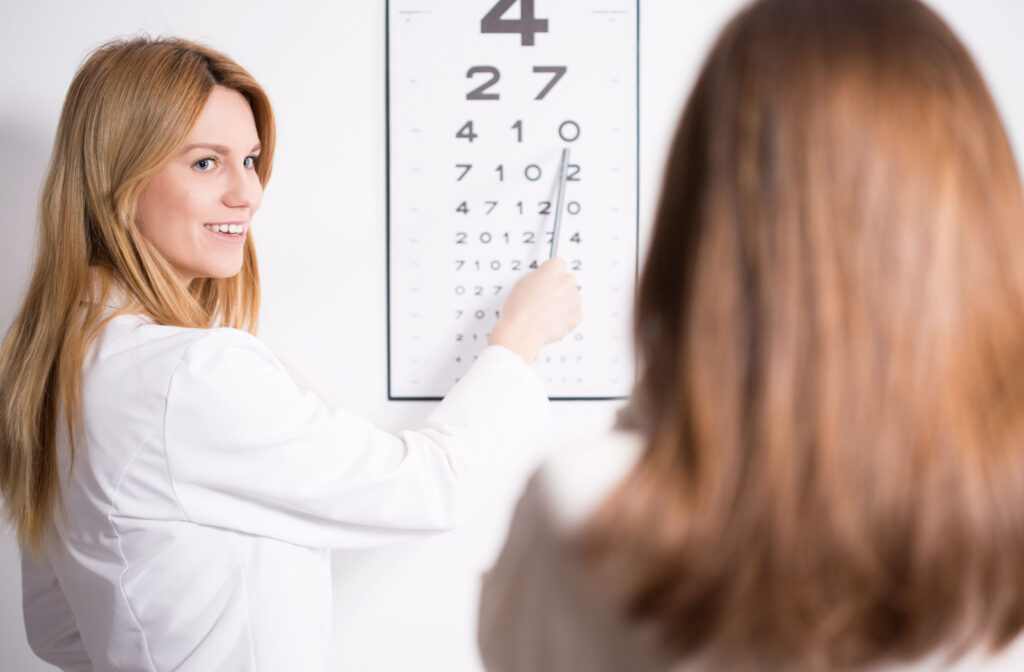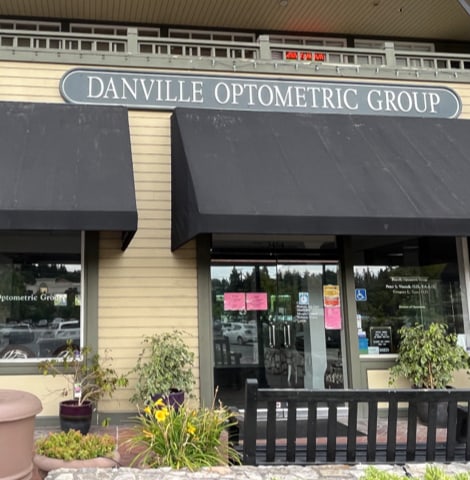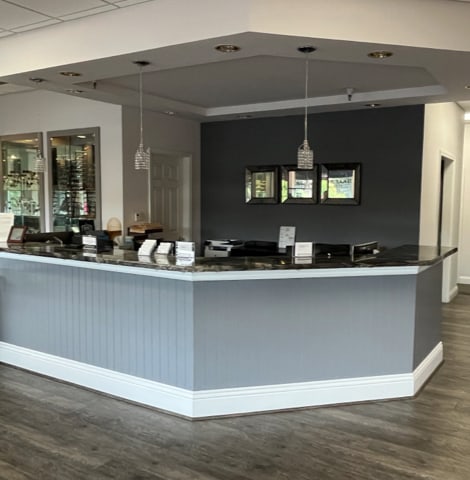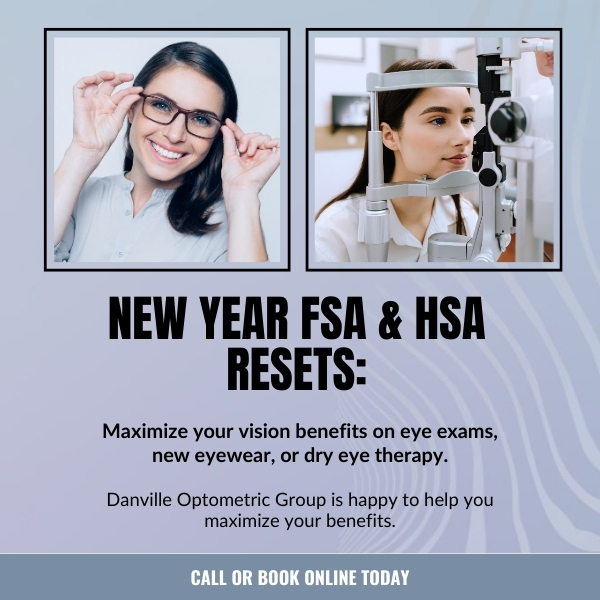Vision is a critical component of our daily lives, yet many of us take it for granted, often only considering eye health when we notice a problem.
Regular eye exams are one of the most effective ways to maintain good vision. But how long does this essential health check actually take?
For many people, an eye exam can range from 30 minutes to a little over an hour. However, the exact timeframe can vary significantly. It largely depends on the type of exam you’re receiving, your specific needs, and the diagnostic equipment your optometrist uses.
Different Types of Eye Exams
Not all eye exams are the same. You may need a different type of eye exam at different stages of life. Seniors may require additional tests, and children should have specific evaluations tailored to their age and development.
- Children’s eye exams test for vision development and common childhood conditions like myopia (nearsightedness), hyperopia (farsightedness), and astigmatism.
- Adult and senior exams may include testing for age-related eye diseases, such as cataracts and macular degeneration.
- Glaucoma eye exams evaluate your level of risk for the condition and reduce the risk of vision loss.
- Diabetic eye exams are essential for those with diabetes who are at higher risk of retinal damage.
- Contact lens exams and fittings are necessary for anyone who wears contact lenses. These involve tests to check your candidacy for contacts and measure your eyes to find the right lens fit.
Other factors that can affect how long an eye exam takes include:
- Your level of preexisting conditions. Those with a history or symptoms of eye diseases will often need more comprehensive testing.
- The conversation with your eye doctor post-exam. This time is equally important and can add to the overall length of your appointment.
Why Get Regular Eye Exams?
Vision isn’t the only thing your eye doctor examines during an eye exam. They will perform assessments that check in on your overall health, too. A thorough eye exam can reveal underlying health concerns, such as high blood pressure, diabetes, and even cancer.
During an eye exam, your eye doctor will:
- Look for vision changes and update your prescription
- Check for early signs of eye diseases
- Help prevent or manage serious eye conditions
- Spot signs of other health conditions
How Often Should You Have an Eye Exam?
At Danville Optometric Group, we recommend our patients schedule an eye exam annually.
However, children, older adults, and those with particular health concerns, like those with diabetes, high blood pressure, and a family history of eye diseases, may require more frequent visits.
What Happens During an Eye Exam?
An eye exam typically involves several components to evaluate various aspects of your vision and eye health.
- Pre-testing: Initial evaluations may include checking your vision with different instruments, followed by testing eye movements and the ability to focus.
- The exam: The primary exam includes the visual acuity test, a refraction test for prescription needs, and a comprehensive eye evaluation.
- Advanced tests: Further evaluations may be performed using tools like a visual field machine to monitor glaucoma, optical coherence tomography (OCT) to check for diabetes and macular degeneration, and ultrasound technology for detailed eye health examinations.
- Following up: After your exam, the eye doctor will discuss your results and prepare a personalized treatment plan if necessary. They can also recommend products for concerns like dry eyes or digital eye strain and set you up with glasses and contact lenses.
Dilated Eye Exams
A dilated eye exam involves using special eye drops to widen or dilate the pupils.
Dilation isn’t typically part of a standard eye exam, but it allows your optometrist to get a clearer view of the back of your eye, including the retina, optic nerve, and blood vessels. By doing so, they can detect eye diseases and conditions that may not be apparent with a regular exam, such as diabetic retinopathy, macular degeneration, and glaucoma.
If you have diabetes, a family history of eye disease, high blood pressure, or experience certain symptoms like flashes of light, floaters, or sudden vision changes, your eye doctor may recommend a dilated eye exam.
How to Prepare for an Eye Exam
Preparation can make your exam more efficient and informative.
It’s helpful to bring a list of medications you’re taking, your current eyewear, and any health concerns regarding your eyesight. If possible, bring along important documents like insurance information or pre-filled health forms to expedite the process.
Be open with your optometrist about any vision changes or difficulties you’ve experienced since your last visit. This is your opportunity to ask questions and receive personalized advice for maintaining or improving your vision.
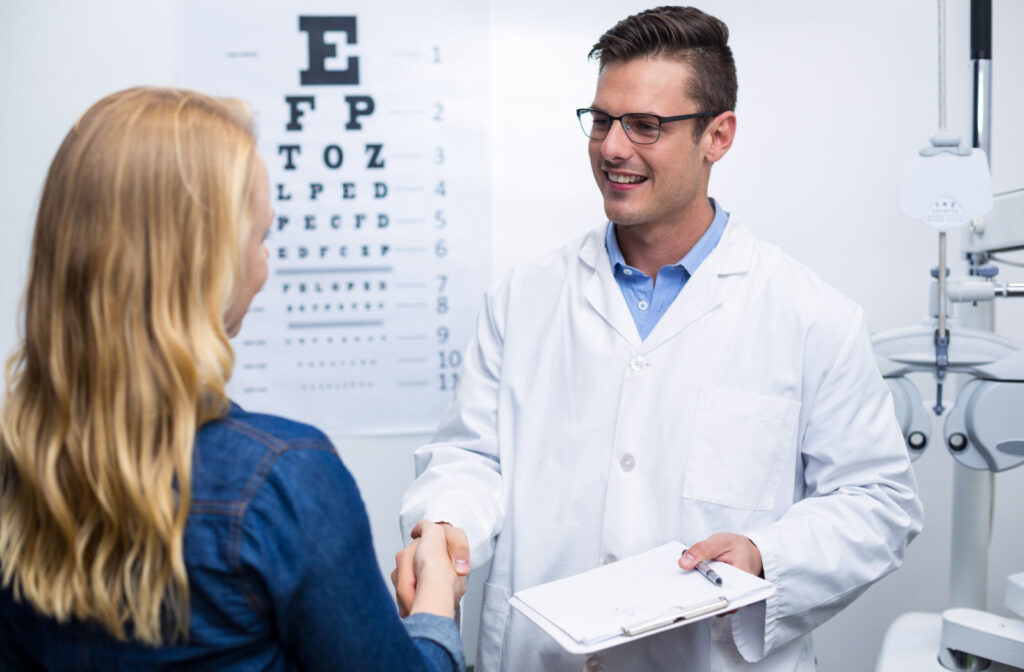
Get Your Next Eye Exam at Danville Optometric Group
Eye exams are crucial for monitoring your health, regardless of age.
At Danville Optometric Group, we offer several different types of eye exams to suit specific needs. We can cover your whole family’s eye care with children’s eye exams, adult and senior exams, and specialized exams for those with diabetes or glaucoma. Put your family’s vision health first and schedule your yearly eye exams with our team today!


